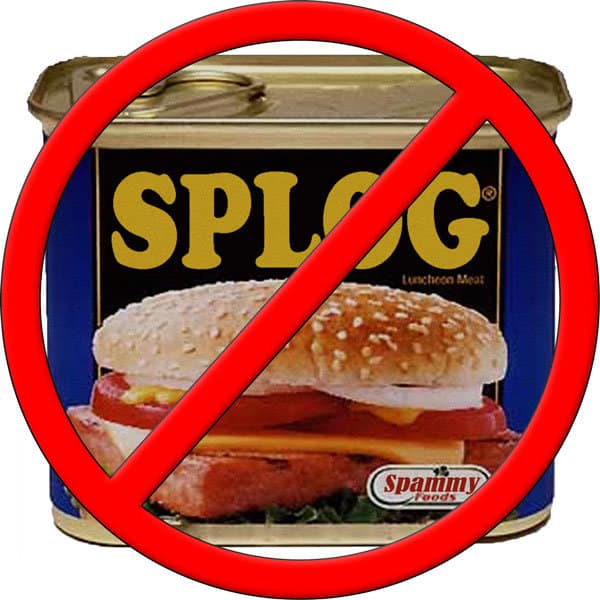
A splog, also known as a Spam Blog, is created for the main purpose of linking to other websites and attracting internet traffic to a scam site. They can also be created simply to occupy search engine rankings on a certain keyword. Many online scam websites usually create spam blogs for keywords they suspect their target audience would search for to find reviews about their site.
Splogs are also designed to create a network of websites targeting different keywords and display advertisements. They also publish poorly written, repetitive, and/or scrapped content.
Some common characteristics of spam blogs are:
- Contain repetitive content. The majority of articles on similar topics are often “reheated” using targeted keywords throughout the content.
- Usually contain little or no information about the original blog author. Most of the time, the author information is falsified.
- Often contain content stolen from other blogs and websites. Sort of performing a “cut and paste” of the content and place it in the spam blog.
- May contain links to unethical or illegal websites.
Search engines are getting better at identifying spam blogs. Even if they are getting better at recognizing them, sometimes a valid entity could get wrongly identified as being spam.
How to fix the issue if you did get tagged as a Spam blog
Blogs of website owners can ask the search engine’s support team to manually review their website and reconsider their reputation and unclassify it as spam.
If getting in touch with the respective search engine admin is not your cup of tea, then you can also review your website on your own to find out why search engines might have confused your website for a spam blog.
With a little persuasion and by following the guidelines provided by the search engines themselves, you can change your ranking and get back in the loop.



